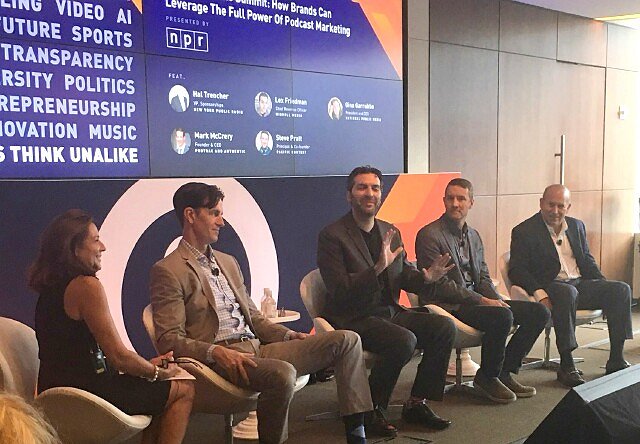Media's data dash is ramping up as evidenced by the
discussions at the recent Data Summit conference. Whereas it had been a tough
and arduous sell in to use targeted data in selling TV content several years
ago, the technology and business models have improved to such a degree that
media executives view using targeted data against consumer segments as part of
business as usual now.
Kern Schireson, Chief Data Officer, Viacom
presented his vision of data, how it is fully integrated within his company,
how they position it to advertisers and brands and how it will play out in the
media business marketplace.
Chief Data Officer Responsibilities
His is a
relatively new title in media world and his efforts have become integral to
creating new strategic insights for his company. “What Viacom realized is that
there are interesting opportunities at intersection between data and sales,” he
explained. “There are opportunities to connect the dots and uncover new value
and optimize the business.”
His work with data requires complex math, machine learning
and algorithms that help the business react more efficiently. And it requires
getting deep into the details of how the media business functions while trying
to connect it to advertisers and brands in a new way. “It’s all about inter-operability
and building the pipes,” he noted, “Because the rise of data can bring more
intelligence into the business it opens doors between the siloed areas. It
offers new ways of thinking about the business from the processing aspect.”
Getting MVPD Data
Viacom
recently announced a deal with Charter for their data which offers an
opportunity for the two companies to work together. This partnership can enable
a new way of thinking between MVPDs and media companies. Shireson explained
that, “There are things that MVPDs do well and there are things on the publisher
side that are unique and valuable. In the past this was treated as a zero sum
game. We are now working as partners to make the TV ecosystem bigger and better
positioned for the future.” Viacom’s goal is to maximize viewership and be able
to monetize it. “We need traditional TV to be smarter and work across the aisle
to leverage the best data and methodologies.
Explaining the Value of Data Within Viacom
In any company,
even within the most progressive ones, there can be a divide between those who
have worked in television for a long time and those who are coming in with
fresh perspectives but little TV experience. “I do think there is still this
learning curve when and where to use data scientists,” Shireson confessed. There
was a concern that robots would come in and tell veteran programmers what programs
to run. But, he assured the audience, “that is not what we are aiming at.”
Instead, he feels that his role is to offer tools and new
capabilities to help that person maximize their instincts and leverage their intelligence
and creativity. “It is not about us replacing you with a machine but giving you
an iron man suit,” he assured. “These are just tools that offer predictive
algorithms to better estimate show performance and estimate sales impressions. It
gives you something to bounce your other estimates against so you can say, ‘Let's
re-factor these other conditions and streamline the process. We are trying to
be additive rather than a replacement.” The intent is that, over time, it is
possible to get to a place where the business is run more efficiently. “It is a
collaboration to make the business better,” he concluded.
And all of
this data is not just useful for sales. Shierson’s data empire can be used for
the creative discipline of programming. We
can use data to discover, “what are topics out there and how can we understand
the zeitgeist,” he noted. “What are the trends in culture, what are the patterns
of viewership in different parts of the day?” The data can now be used to support a decision,
knowing that the media ecosystem is a much more dynamic environment than ever
before. More multiplatform programming creates a real time cultural experience,
especially with much of Viacom properties’ audiences.
All in all,
data provides a huge area of opportunity. “We need to reframe the conversation
so that everyone is doing better and delivering a better product,” he
concluded.




